Soybeans
Soybeans are rich in protein, fiber, omega3, good for the cardiovascular system because they do not increase bad LDL cholesterol in the blood, improving dyslipidemia. Using 40g of soybeans or soy products every day for at least 1 month can help reduce cholesterol by about 93%, limiting the risk of stroke.
In addition, each glass of soy milk can also provide about 20mg of isoflavones, which inhibit the growth of cells that cause plaque on the artery walls, thereby preventing atherosclerosis - the main cause of stroke and myocardial infarction.
Additionally, soy products like tofu and natto can help you absorb soy isoflavones and improve blood circulation.
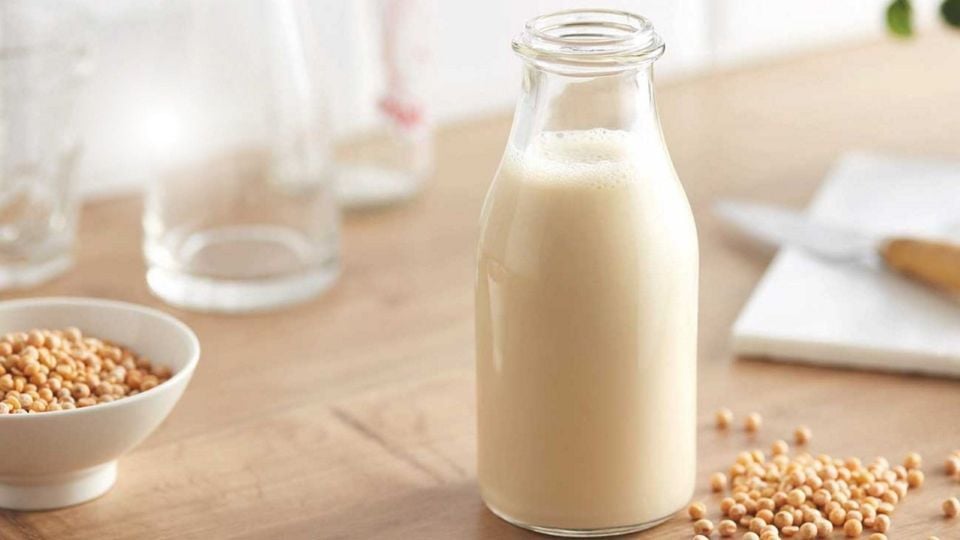
Nuts
Seeds such as sesame seeds, sunflower seeds, walnuts, and chia seeds are familiar foods that contain lots of omega 3 fatty acids, which are beneficial for heart health.
Sesame seeds contain a lot of oleic acid (a type of monounsaturated fatty acid) which helps reduce bad cholesterol and increase good cholesterol in the body. Therefore, regularly eating sesame can prevent the risk of coronary artery disease and stroke.
Seaweed
Seaweed provides fiber and nutrients that help fight oxidation, protecting cells from free radical damage. Many studies have shown that seaweed can help lower blood pressure and prevent stroke.
Fish
Fish, especially mackerel and salmon, are high in omega 3. Omega 3 supports optimal brain and heart health. Fish also contain antioxidants that reduce cell damage caused by free radicals.
There are 15 studies conducted on 400,000 fish eaters published in the journal Stroke. Accordingly, people who regularly eat fish and are followed for 30 years, have a 12% lower risk of stroke than those who eat less. Therefore, you should eat fish at least 2 times/week.
Mushroom
Another food that is good for preventing stroke is mushrooms. This food is high in potassium, a substance that helps reduce the risk of stroke.
Additionally, mushrooms are naturally anti-inflammatory and have antioxidant properties. Antioxidants may help reduce the damage that causes brain cell destruction associated with stroke.
Fermented soybeans
Instead of eating fresh beans, the Japanese tend to ferment soybeans, processing them into traditional dishes such as miso, tempeh and natto. Of these, natto (whole fermented soybeans) tops the list of foods that prevent stroke, thanks to its 1,200-year history and a comparative study with 173 other foods by famous microbiologist Sumi Hiroyuki.
Natto contains no cholesterol, the viscous fibers surrounding natto seeds are rich in the enzyme nattokinase, which can help dissolve blood clots. In Japan, people with high blood pressure, atherosclerosis, diabetes, a history of stroke or myocardial infarction... often eat natto every day. Businessmen with high work pressure, people with dizziness, numbness in limbs... also love this dish to prevent stroke.
Every year, Japan consumes about 50,000 tons of natto. They eat natto mostly for breakfast with rice, eggs, and soy sauce. JNKA - the Japanese Nattokinase Association also recommends eating 50g of natto per day or supplementing 2,000FU nattokinase from stroke prevention products.
Other measures to prevent stroke during the changing seasons
In addition to a healthy diet, to effectively prevent stroke during the changing seasons, people need to pay attention to the following issues:
- Exercise regularly but avoid exercising outdoors when the temperature is low, such as early morning or late at night. Do moderate exercise for at least 15 - 30 minutes a day to improve blood circulation.
- Take medication as prescribed by your doctor for people with underlying diseases: The risk of stroke during the change of seasons is higher in groups with underlying diseases such as high blood pressure, coronary artery disease, atherosclerosis, high blood fat, atrial fibrillation, diabetes... Using the correct dose of medication as prescribed by your doctor helps control these underlying diseases better, thereby reducing the risk of stroke.
In addition, this group of people need to have regular health check-ups and monitor their health at home by measuring blood pressure, blood sugar... to quickly detect abnormalities and go to a medical facility early.
- Observe body abnormalities: Stroke can happen suddenly, at any time with symptoms such as:
+ Sudden numbness or weakness in one side of the face, arm, or leg, especially on one side of the body
+ Sudden confusion, disorientation, or difficulty speaking or understanding speech
+ Sudden loss of vision in one or both eyes, double vision
+ Sudden trouble with certain problems such as moving, causing dizziness, loss of balance, and lack of coordination between the hands, feet, and brain
+ Sudden and severe headache without known cause.
When you notice these signs of stroke, quickly contact the nearest medical facility for emergency care.
Source: https://kinhtedothi.vn/6-thuc-pham-giup-phong-ngua-dot-quy-vao-mua-dong.html


![[Photo] Opening of the 44th session of the National Assembly Standing Committee](https://vstatic.vietnam.vn/vietnam/resource/IMAGE/2025/4/14/03a1687d4f584352a4b7aa6aa0f73792)

![[Photo] General Secretary To Lam chairs the third meeting to review the implementation of Resolution No. 18-NQ/TW](https://vstatic.vietnam.vn/vietnam/resource/IMAGE/2025/4/14/10f646e55e8e4f3b8c9ae2e35705481d)
![[Photo] Children's smiles - hope after the earthquake disaster in Myanmar](https://vstatic.vietnam.vn/vietnam/resource/IMAGE/2025/4/14/9fc59328310d43839c4d369d08421cf3)

![[Photo] Touching images recreated at the program "Resources for Victory"](https://vstatic.vietnam.vn/vietnam/resource/IMAGE/2025/4/14/99863147ad274f01a9b208519ebc0dd2)


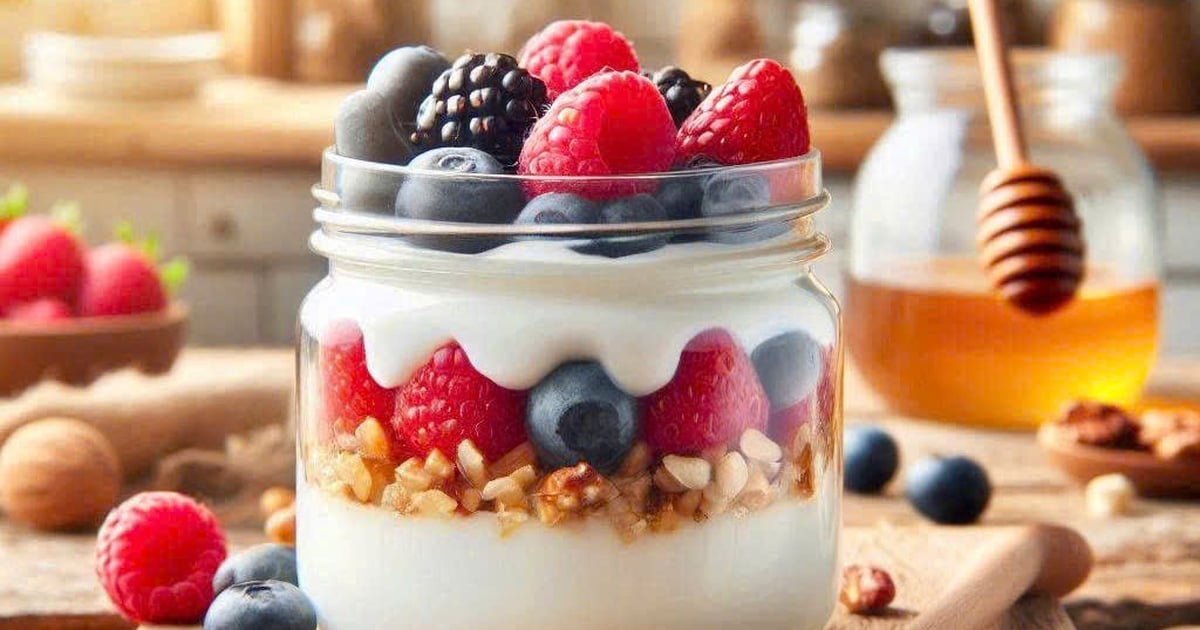

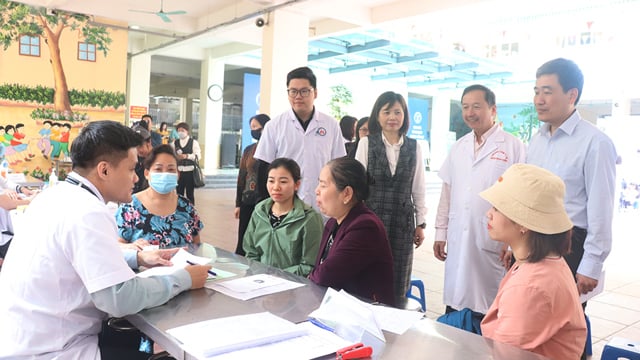




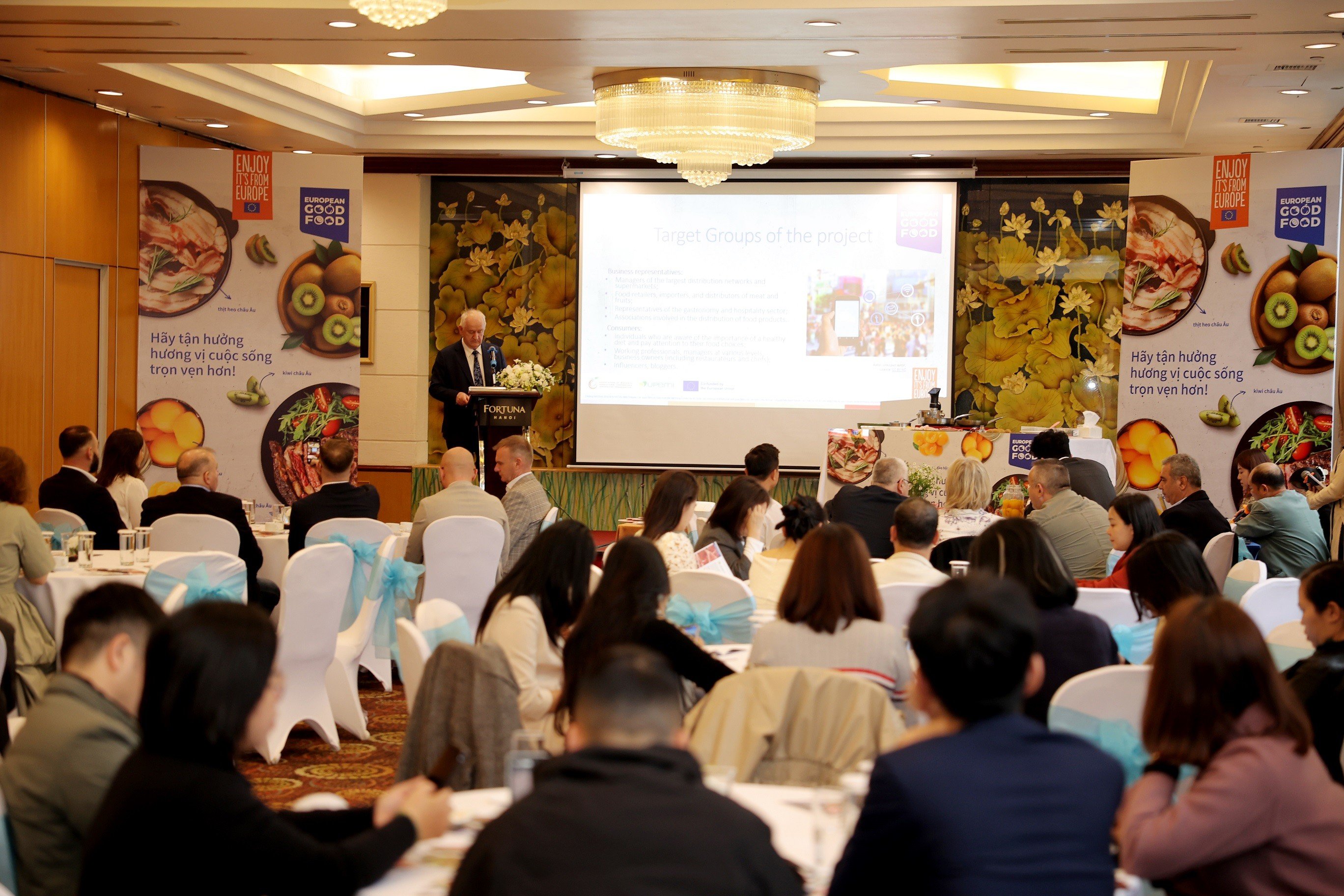

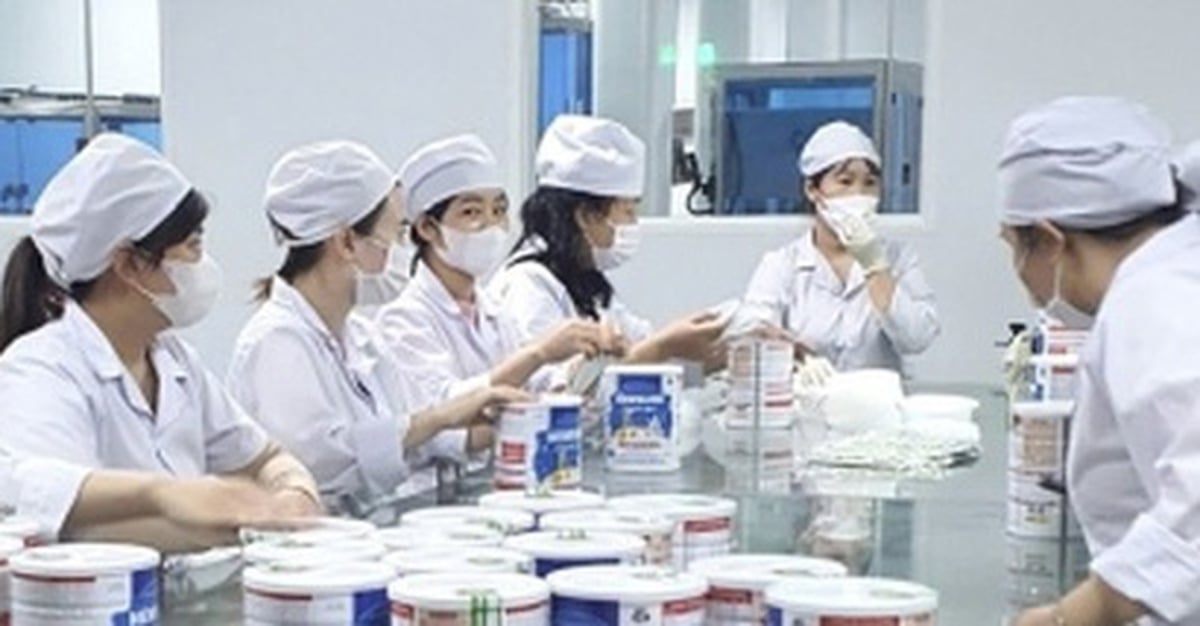
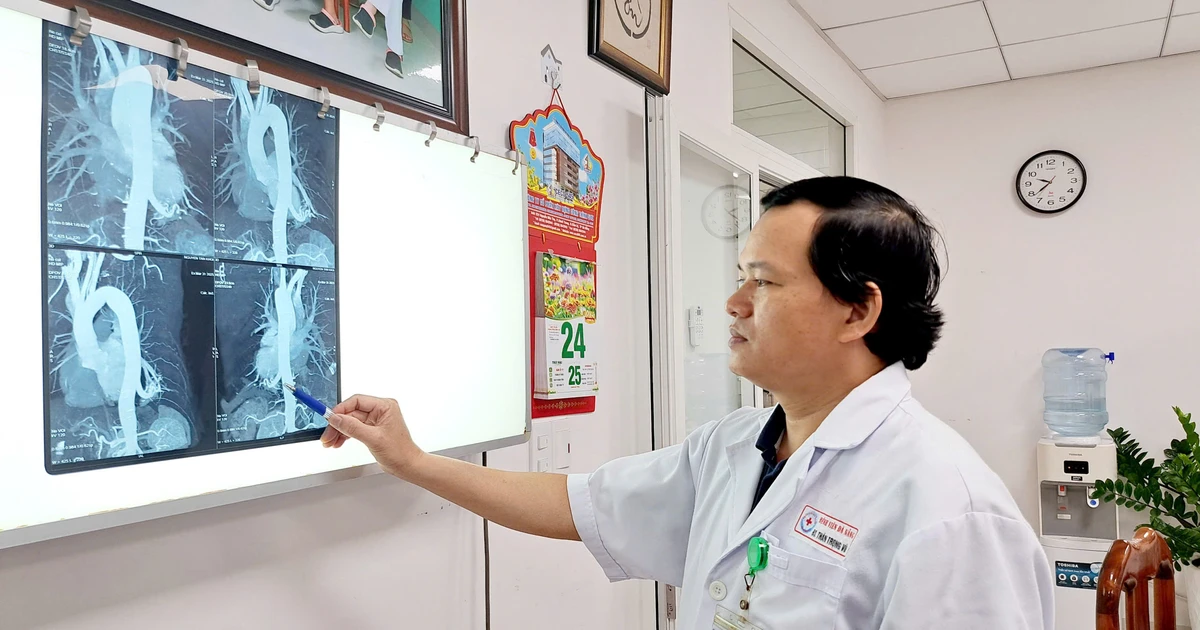










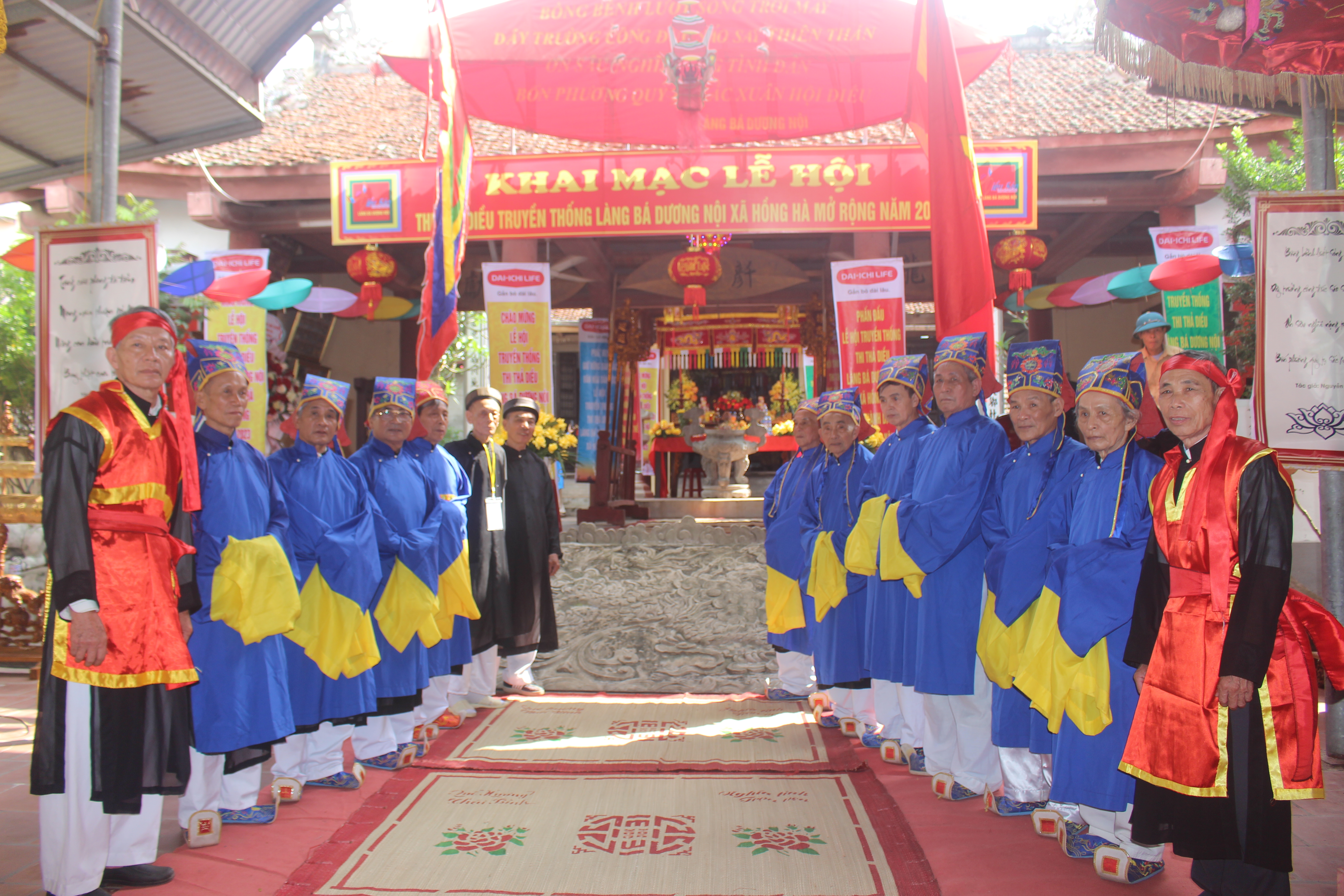

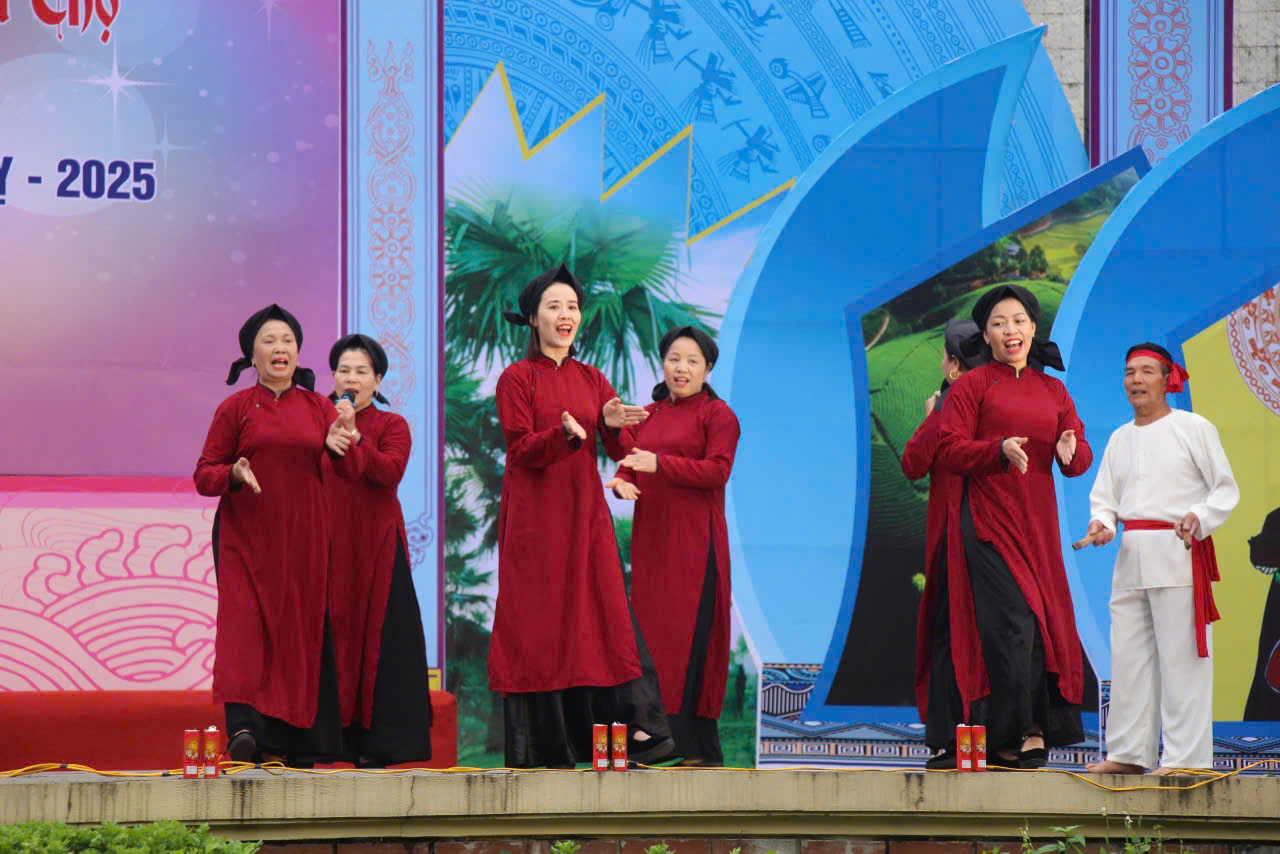










































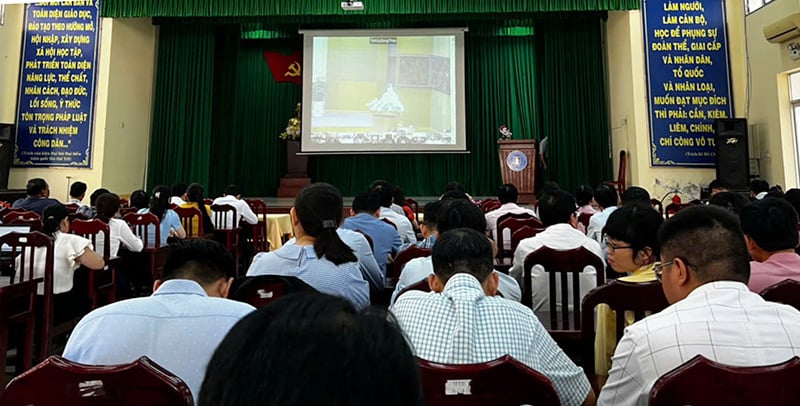
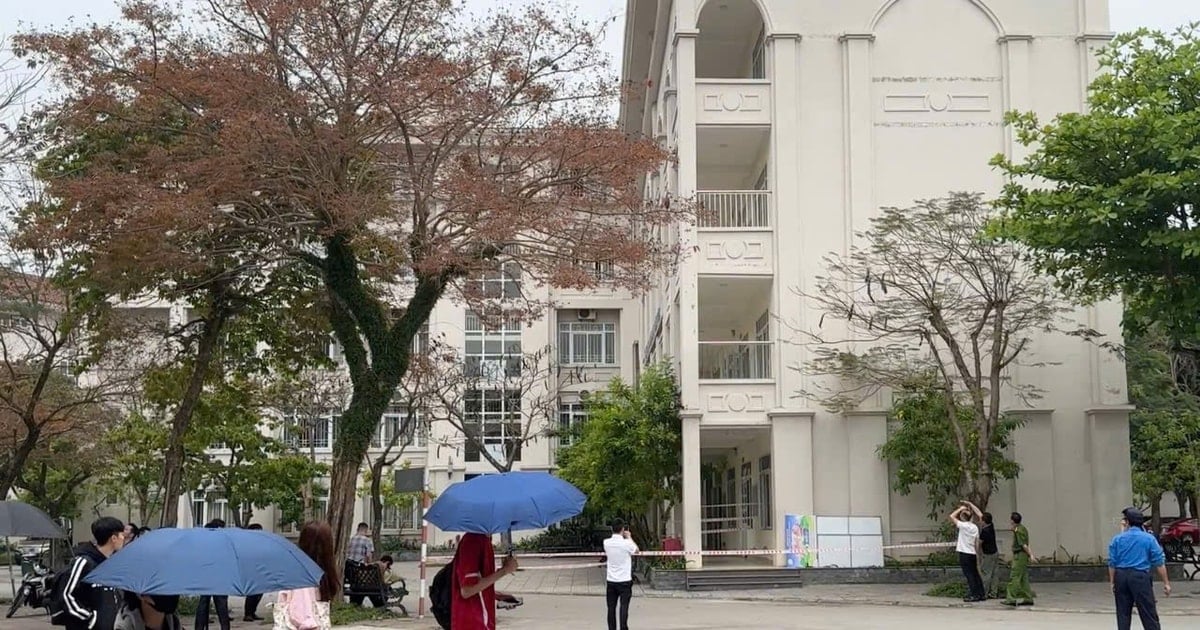


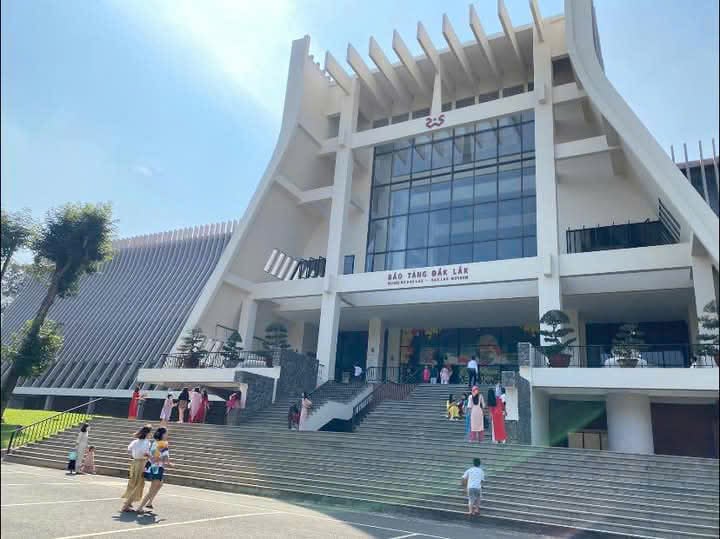
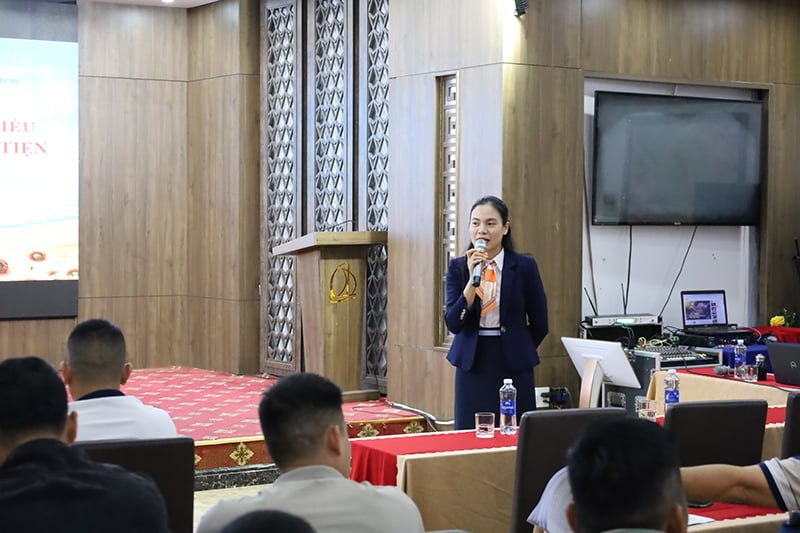


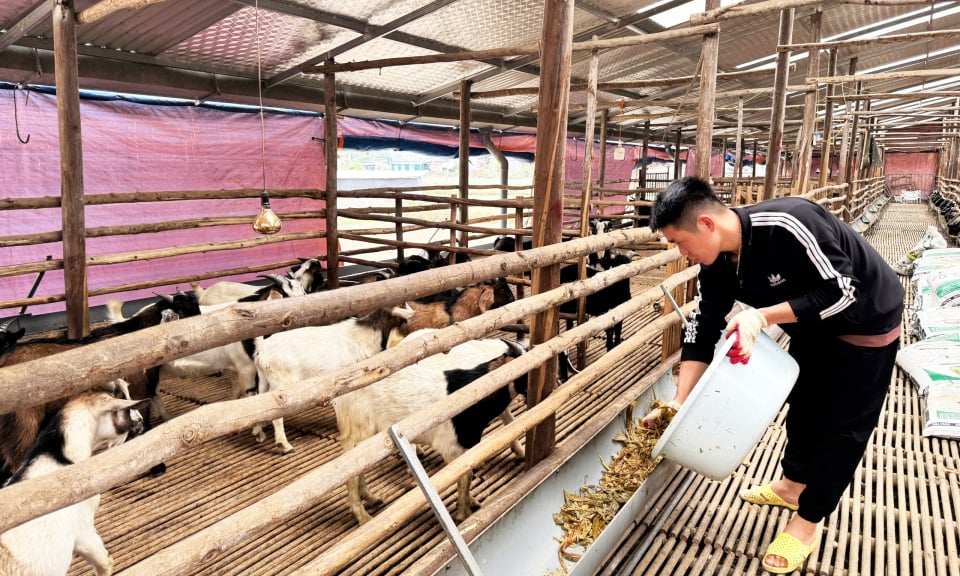









Comment (0)